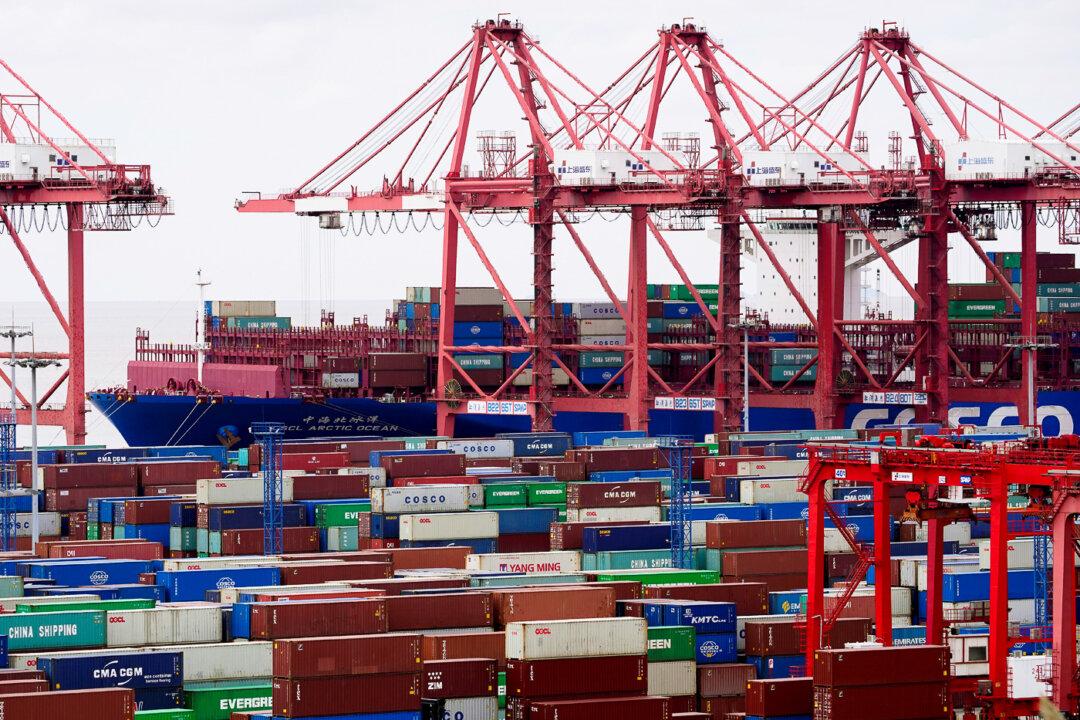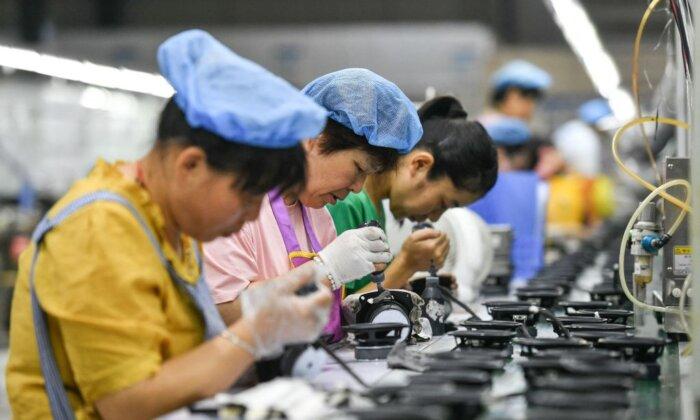All over the developed world, voters identify inflation as a significant concern. They do so for good reason.
Inflation is stubborn and brings hardships at all levels of society. If left unchecked, it will stifle growth prospects. As is always the case, today’s inflation stems primarily from faulty monetary policies. But if monetary mismanagement is, as always, the basic cause, there can be other contributors.
One such contributor that deserves special attention today is the fallout from ill-conceived green initiatives.
The monetary roots of the United States’ current inflation are clear. The Federal Reserve had for years willingly accommodated reckless spending by the federal government. Because of the pandemic but also to pursue a raft of other policies, Washington boosted spending at an unsustainable rate of almost 20 percent a year between 2019 and 2022.
Because there was no way that real economic output could possibly keep up with the sudden demands made by government spending and, more generally, by the Fed’s new money creation, inflationary pressure became inevitable.
However, green initiatives contributed by holding back the economy’s ability to respond as thoroughly as it might have otherwise and, in the process, made the resulting inflation much more severe. This particular aspect of the inflation problem arose less because the United States and other developed countries pursued green initiatives and more because the green actions that they took exhibited little foresight or even a recognition of practicalities.
The biggest mistake was an unrealistic expectation of how fast green energy sources could substitute for fossil fuels. In the United States, for example, President Joe Biden, upon taking office in January 2021, immediately canceled the Keystone XL pipeline to carry Canadian oil into this country.
His administration further restricted exploration for fossil fuels or drilling where it had any authority to do so. Strong anti-fossil fuel rhetoric further discouraged private investment in such resources.
Similar talk and policies had been in place for even longer in Europe. These actions had profound effects. Investments in fossil fuel development and transmission fell worldwide. By the end of 2021, the amount of money so dedicated had fallen 25 percent below 2019 levels.
None of this would have mattered in the inflation picture if green substitutes had kept up with this loss of fossil-fuel-based energy. But as it turned out, spending on green energy sources hardly rose at all. This difference is at least as significant as the loss of Russian oil due to the war in Ukraine.
It’s then little wonder that world economies faced energy shortages and would have even in the absence of the war in Ukraine. That shortage made it much more difficult for economies to respond to the demands imposed by increased government spending and the flood of money provided by the Fed.
The effect is clear in how energy inflation led to the general price acceleration of this time. The energy component of the U.S. consumer price index (CPI), for example, rose by 18 percent a year on average from December 2020 to December 2022, far faster than the 6.1 annual gain in the overall index.
The shortsighted emphasis on electric vehicles (EV) and batteries compounded the green inflation effect. While governments and advocates pressed this emphasis, economies failed to make commensurate developments in mining the metals—cobalt, copper, nickel, graphite, and manganese—crucial to constructing these products.
With these supplies constrained, the emphasis on EVs and batteries forced a huge jump in the prices of these metals, adding significantly to the rise in first producer prices and then consumer prices. The impact is clear in how the weight of these metals has risen as a part of the overall cost of a lithium-ion battery, increasing from some 50 percent of the total cost in 2017 to approaching 70 percent in 2022.
None of this is to blame the green agenda for inflation. As already indicated, inflation is fundamentally a monetary phenomenon. Nor is it an attempt to say that the green agenda is inherently inflationary. Instead, this analysis shows that poorly thought-out policies and attempts to move faster than is practical have made the recent inflation more severe than it otherwise would have been.
Rhetoric should follow thought and perhaps action, too. In this case, it led or rather substituted for both action and thought.





